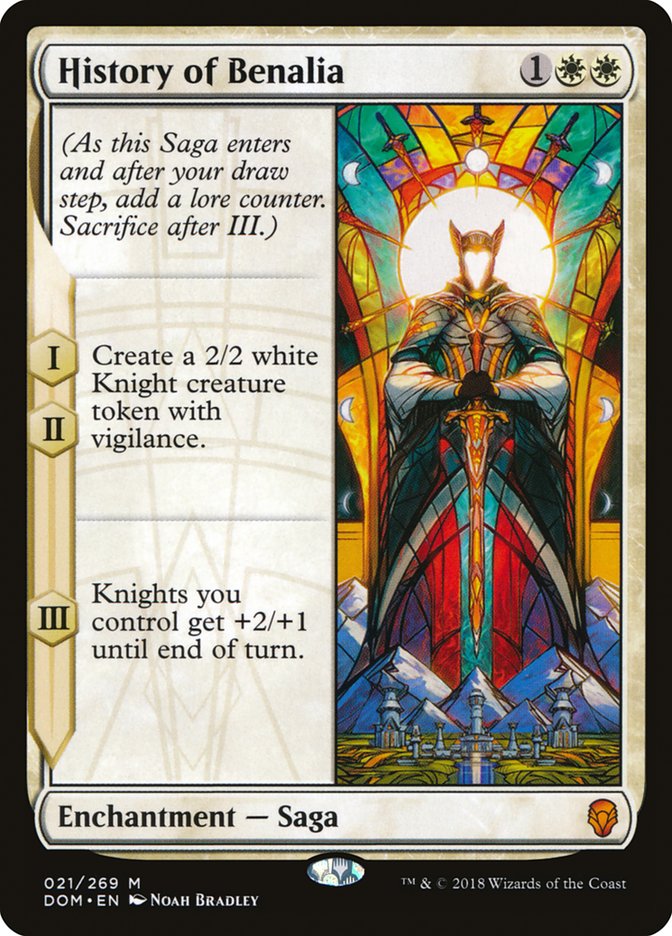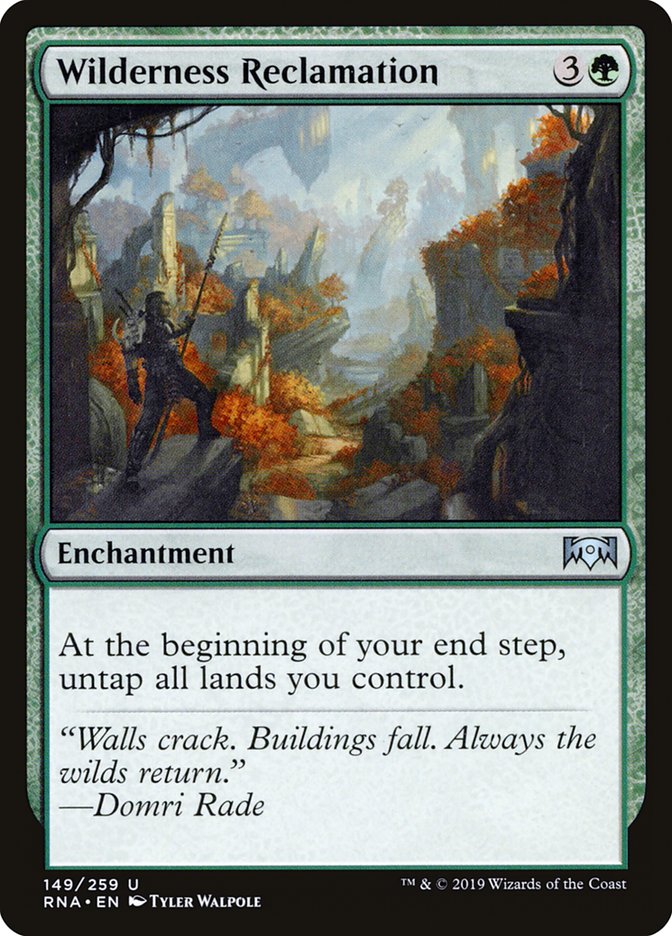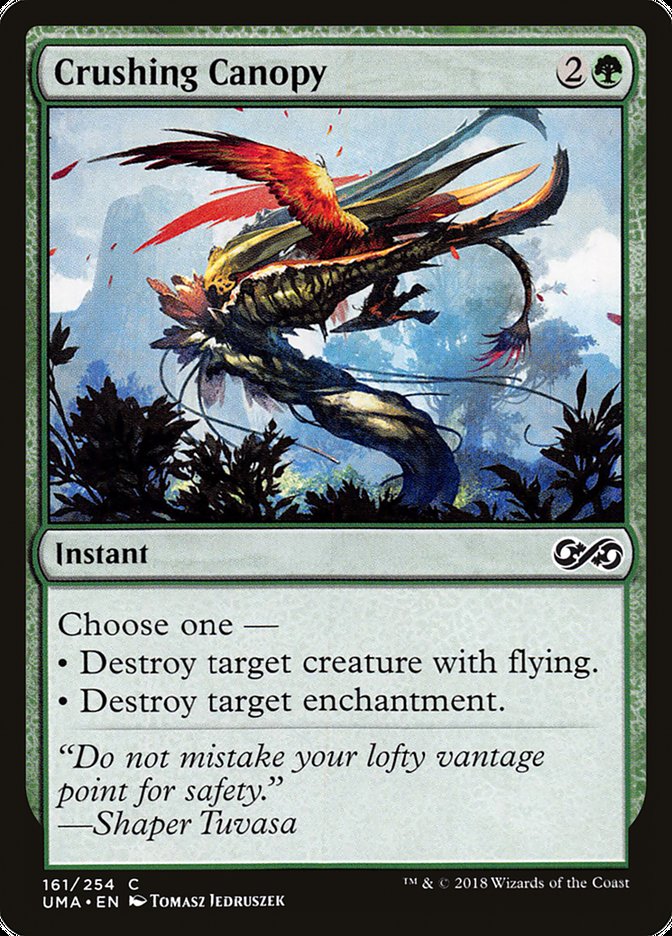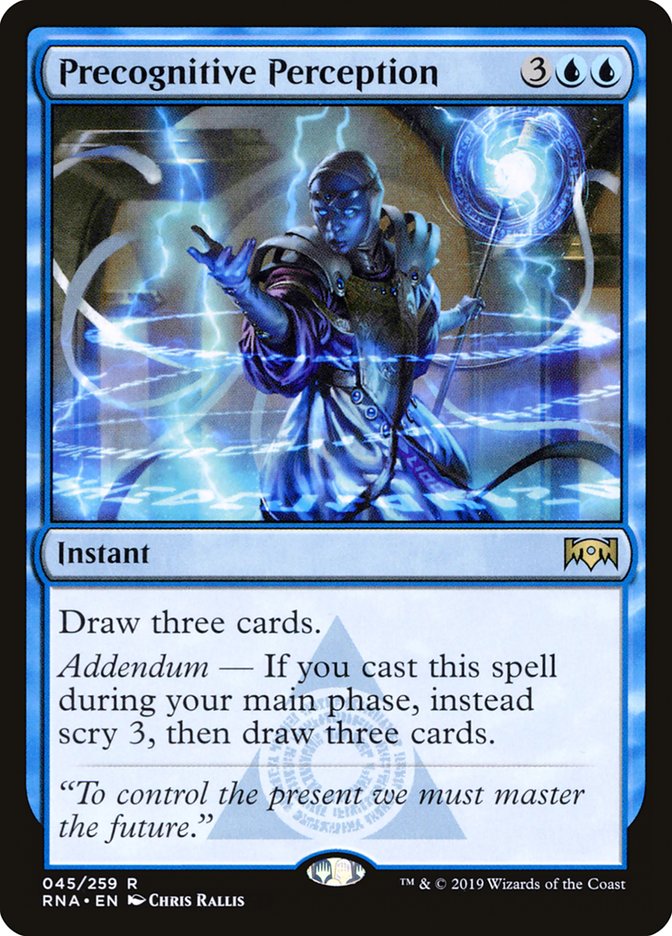The first Mythic Championship is in the books and it was an emotional rollercoaster for this control flagbearer. I’ve been playing at a higher level as of late, winning matches that I would have struggled to close out in previous years. This has led me to a recent Grand Prix near-miss in Round 15, as well as a commanding 9-2 record with five rounds to go in Mythic Championship Cleveland. I was feeling sharp, having honed my skills on Magic Arena for the last month.
Magic Arena has revolutionized the way that I have prepared for tournaments. My colleagues enjoy ragging on the bots that control drafting, but I battled back at that premise on multiple occasions. The ability to enjoy play testing while becoming familiarized with each card in the new set and learning the guilds in and out make Magic Arena a slam dunk. I don’t fault those who choose to go to Magic Online for their playtesting needs, but you won’t catch me in a draft queue on that program again.
To make a long story short, the last five rounds didn’t go well for me. I was routed by Mardu Vampires, sideboarded incorrectly against LSV in Game 2 and Game 3 and lost heartbreakingly close Game 3s in the next two rounds. I managed to defeat Sultai Midrange in the final round, giving me a 10-6 record that I would have normally been happy with. The reason that this was a depressing finish is that I needed an 11-5 record to lock the final three Mythic Championships up for the year. I’m only two points short of Gold, so I will attend one event hoping to make it happen. If not, life goes on. The better you play, the better your results, but the harder you hit the floor when you miss. This is the formula for competitive play and it’s as healthy as ever. Keep grinding, my friends, and I will continue to suggest the lists to use in battle.
The Mythic Championship wasn’t all bad. I was at the event that marks the end of an era, where the greatest talent in the game’s media would hang up the microphone. I learned prior to this event that my good friend, Brian David-Marshall (BDM), would be retiring as the Magic Historian and moving on to a different business venture. This may have been neutral news to some, but it was devastating to hear at the Soorani household. I got into competitive Magic watching two of my idols, Kai Budde conquering the world and BDM reporting it. These are the two faces of the game that I looked up to and all I wanted was to be on stage competing near them someday. That day came and more.
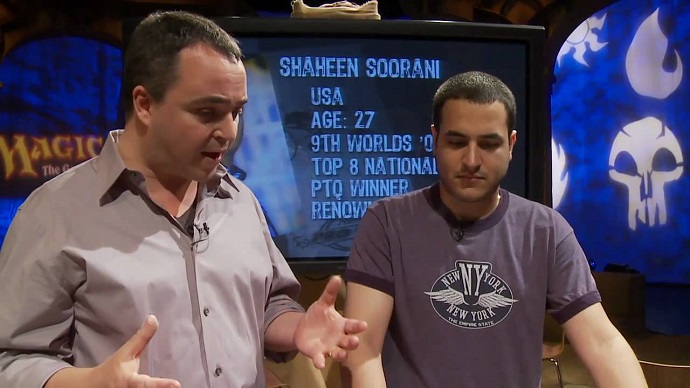
This was my first deck tech with BDM, and as fate would have it, I was slated to tell the world about my brew right after the great Kai Budde. I remember looking at his screen, with his thousands of accomplishments, then having to look at what I had to follow up with. Luckily, I had a nice finish at Worlds in 2006, as well as a U.S. Nationals Top 8, but the line at the bottom gave the truth. I was a PTQ winner, talking to BDM, following Kai, and getting the nickname of Expensive Sorcery Master at this very tournament.
This is what Magic is. We have so many amazing personalities that create content and compete every week. There is nothing that brings me more joy than fans that want to talk shop with me or just have me sign a Lingering Souls for the road. This feeling is shared by most Magic personalities, so never shy away from making those connections. Let the people that have influenced you know that they are the reason you are checking out the SCG Tour or competing in your first premier-level event. I learned all of this from BDM.
He continued to give me Deck Techs and interviews, and engage in casual conversation with me at every event. I had very few successful tournament runs back then, but that didn’t matter. That was his personality, someone who enjoyed meeting new people and rooted for the underdog to continue to make that push toward professional greatness. When he approached me this final time at Mythic Championship Cleveland, telling me that he wanted me to be his last Deck Tech, it was tough to remain composed. I hope you all enjoy our final video together, and let’s get into some Sultai Control strategy. He may not cover events anymore, but I know he’ll need me to keep giving him sweet decklists as a reborn competitor.
Creatures (7)
Lands (26)
Spells (27)
- 1 Negate
- 2 Vraska's Contempt
- 2 Search for Azcanta
- 4 Cast Down
- 4 Thought Erasure
- 4 Sinister Sabotage
- 1 Assassin's Trophy
- 4 Chemister's Insight
- 2 Ritual of Soot
- 3 Wilderness Reclamation
Sideboard

I dedicated countless hours to Esper Control and let it go a week before the Mythic Championship. The deck is still very consistent with the best answers, but the win condition was too fragile in a suspected field of Mono-Blue Aggro and Simic Nexus. I was happy with my pivot to this brew after seeing the metagame breakdown, as well as being paired up against back-to-back Mono-Blue Aggro players. After defeating Owen Turtenwald, I realized that Esper Control would not have yielded the same result. Before the tournament, I went on a quest to find a control deck that utilized a higher-power win condition. Hydroid Krasis was the clear frontrunner over my pal Teferi, Hero of Dominaria.
The issue with Hydroid Krasis is that it’s green. Green cards are not my favorite and it’s possible that I actively despise the color. I had also just finished writing an article that called out Wilderness Reclamation as being a good card, but not broken. This decree came from a massive training exercise with and against the card, realizing that aggressive decks and well-tuned control decks could beat most Wilderness Reclamation strategies with ease. It was clear that Wilderness Reclamation was best used in a traditional control deck, doing the fair work the research team intended. I joke here and there about using the card fairly, but there is truth behind the humor. Having the ability to lay waste to an opponent’s side of the battlefield and then untapping everything to ready countermagic is a formula for control success. I did that during the Mythic Championship and it worked quite well.
The mistakes came from last-minute deck changes that have now been corrected. It was ridiculous of me to shave a Biogenic Ooze and a Wilderness Reclamation. I committed those two blunders and added more removal to improve Sultai Control’s aggro matchup. The logic seemed sound at the time but led me to negative results. I now realize that it’s too tough to gear the maindeck to beat Mono-Blue Aggro, Mono-Red Aggro, and Mono-White Aggro with a few extra removal spells. I added a third Ritual of Soot that did help some, but it hindered me in most scenarios. Wilderness Reclamation and Biogenic Ooze are often strong where Ritual of Soot and another removal spell are only strong when facing decks with a heavy creature count.
Moving forward, I would never play a fourth Wilderness Reclamation or fewer than three. It’s the perfect amount for a control deck to guarantee one showing up relatively early and it lessens the risk of having multiples in the opening hand. I knew Wilderness Reclamation would shine in a traditional control deck, but I had no idea how well it would perform at the big show. I achieved what I set out to do with this brew – have control elements handle the early riffraff, contain a semi-combo engine to abuse the card draw within the deck, and seal the game with a much more threatening win condition than Teferi, Hero of Dominaria.
The Azorius planeswalker is still the king of its type, but Esper Control lacks some backup. Life was tough with just Torrential Gearhulk. Once The Scarab God was introduced to the format, Dimir had all the win conditions a control player could ever dream of. We are back in that early Standard situation, hoping that reinforcements arrive soon. It was a huge letdown to see the junk Ravnica Allegiance gave us from Orzhov and Azorius, but at least the mana is pristine. When the lands tap for the perfect colors, all we must do is gather the best spells and control will be just fine. That has led me to this Sultai Control deck, which may have been one of the few rogue decks that was piloted at the first Mythic Championship.
Adding the third Wilderness Reclamation and the second Biogenic Ooze was my first task after returning home from the professional competition. Since then, the deck has been back to running smoothly, beating decks with a minimal amount of percentage lost to aggro. The sideboard is where the aggro matchup turns favorable. The third Ritual of Soot replaced The Eldest Reborn, because of the number of cards that we bring in against control already. Two copies of Duress, one Negate, four Thief of Sanity, and two Crushing Canopy add up to nine total cards that come in against Esper Control.
The Eldest Reborn is a sweet bullet against them, but that’s simply too much sideboard space for one matchup. Duress and Crushing Canopy both come in against a plethora of other matchups, so that number I kept intact. Every piece of me wants to add a third Cry of the Carnarium to compensate for my losses to Mardu Vampires and Bant Tokens, but I know that is driven by emotion and not by data. The Bant Tokens deck was a fluke to lose to and Mardu Vampires will not be present at your event, so running two copies of Cry of the Carnarium is perfect.
The rest of the deck is identical to what I played at the Mythic Championship save the one Hostage Taker in the maindeck. I’m trying it out over the third Vraska’s Contempt, but it isn’t tested yet. I really like Vraska’s Contempt and instant-speed cards in a Wilderness Reclamation deck, but the power of Hostage Taker is undeniable. The creatures in Sultai Control aren’t negotiable, so a spell must go to make room for the powerful one-of. Hostage Taker changes the dynamic of many matchups and is good against nearly ever deck in the format. It is especially good after sideboard, as enemy decks bring in additional creatures.
Precognitive Perception is another card that I wanted to try out in Sultai Control. There are rare times where the flood hits us hard. This occurs when Wilderness Reclamation is out and a Chemister’s Insight did not net us anything fruitful to continue through our deck. Search for Azcanta is the obvious mana sink for our enchantment, but it isn’t always there. There is a very high likelihood that I try one Precognitive Perception over the Hostage Taker if it doesn’t work out.
The only other card I would consider removing is Negate. I want to have two copies of Negate between the maindeck and sideboard, so it would have to shift somewhere else instead of being removed. Negate is pretty good against most decks, but a similar argument can be made for Precognitive Perception. Digging to whatever answers you need, or continuing to abuse Wilderness Reclamation, are strong points to get one in the main deck.
Outside of these small alterations, Sultai Control is the real deal. Enjoy using Wilderness Reclamation as intended and keeping all that mana up during your opponent’s turn.


